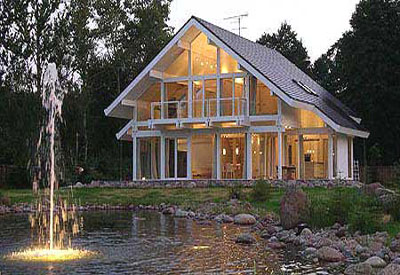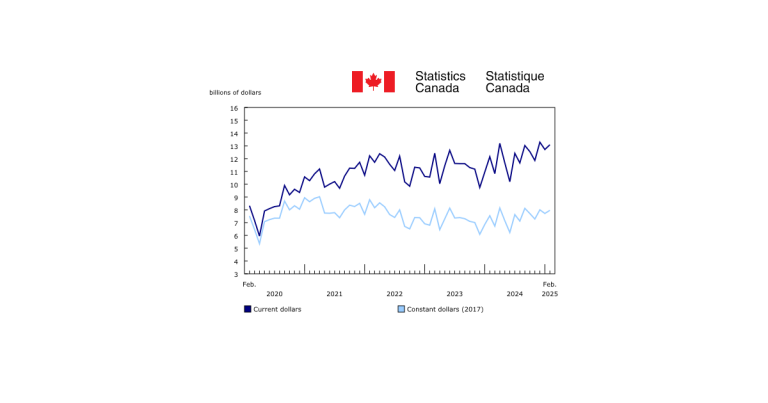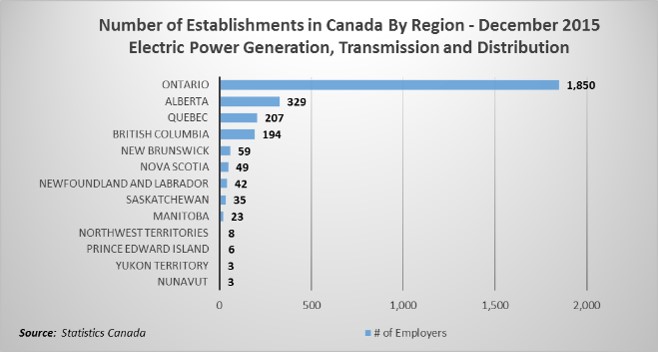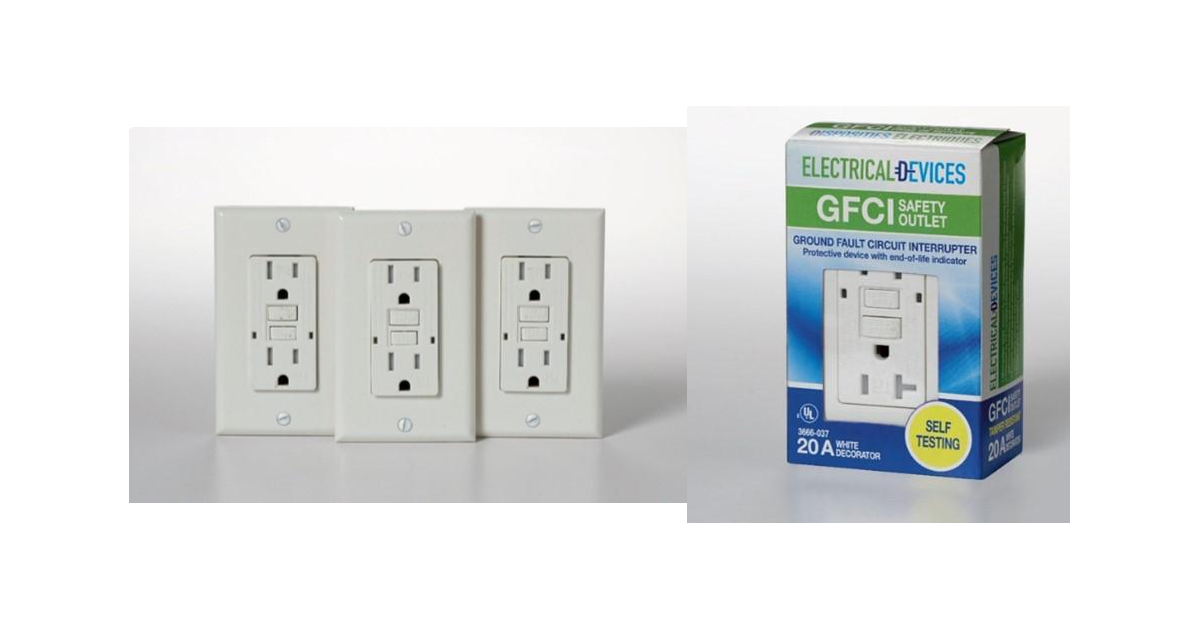Guide to the Canadian Electrical Code, Part I — Installment 5

Bill Burr
The CE Code is a comprehensive document. Sometimes it can seem quite daunting to quickly find the information you need. This series of articles provides a guide to help users find their way through this critical document. In this article: Section 8 — circuit loading and demand factors.
This is not intended to replace the notes in Appendix B or the explanations of individual requirements contained in the CEC Handbook,* but will hopefully provide some help in navigating the Code.
Section 8 is a general section of the code. It provides you the information you need to selectthe rating of a circuit, feeder or service (i.e., ampacity of the circuit conductors and rating/setting of the circuit over current devices). Rule 8-104 describes the rating of a circuit (feeder or service) and establishes the criteria between the calculated load and circuit (feeder or service) rating. As well, it determines branch circuit positions for dwelling units.
The special terminology used in this section includes:
• Basic Load—only lighting and receptacle circuits based on the dimensions of specific building occupancy as listed in Table 14
• Calculated load – the load calculated in accordance with the rules in this section
• Demonstrated Load— the historical demand watt information recorded over 24 months for the same type of facility
The General section outlines methods of calculating voltage drop, maximum circuit loading, use of demand factors, number of branch circuit positions and determination of living areas.It specifies standard voltage divisers to be used when calculating currents from watts or volt-amperes in low voltage systems; maximum allowable voltage drop in installations; maximum circuit loading based on the overcurrent device used; and the calculated load. You will also find here the factors for determining a continuous, cyclic, or intermittent load, and how this affects the selection of conductors and equipment.
This section also outlines conditions for Use of demand factors; that is, where
• the size required for conductors and switches is not available in a standard size
• two or more loads are installed, but only one can be used at a time
• air conditioning and electric space heating are installed and only the greater load is used for calculating demand
• loads of a cyclic nature are installed such that the maximum load cannot be supplied at one time)
Where additional loads are added to an existing service or feeder, Rule 8-106(9) permits the load to be calculated by adding the sum of the additional loads to the maximum existing demand load measured over 12 months.Other demand factors can be based on demonstrated load calculations by a qualified person, as determined by the authority having jurisdiction.
Another function of this section is to outline the number of branch circuit positions needed for dwelling units. This is based on the ampacity of the service and whether a central electric furnace is intended.
The Services and feeders section outlines the methods of calculating the minimum ampacity of service or feeder conductors for various types of occupancies. Although the various options and conditions may seem complicated, methodically working through the demand factors for each type of occupancy will allow you to determine the correct ampacity for service or feeder conductors.
The methods for determining demand factors for dwelling units are divided intosingle dwellings and apartment and similar buildings.For single dwellings you are given two options depending on the size of the dwelling.In the first criterion, where the living area of the dwelling exceeds 90 m2, the basic load is 5000w and additional loads are added with various demand factors as listed in Rule8-200 (1)(a)(ii to vii). The second criterion is to use a basic load of 100 A if the floor area is 80m2 or more, or 60 A if the floor area is less than 80 m2. Note that Rule8-110 designates how to determine the living area.
For two or more dwelling units of row houses, the minimum ampacity of service or feeder conductors from a main service is based on the above demand factors for each single dwelling, excluding electric space heating and air-conditioning loads, plus the demand factors outlined in Rule 8-202(3).
For apartments and similar buildings, the minimum ampacity of service or feeder conductors from a main service is calculated according to Rule 8-202.As with single dwellings and row houses above, the basic load is based on living area plus the demand factors for various other loads as outlined in Rule 8-202 (1 to 4). It should be noted that the load calculated for a single dwelling or for dwelling units in an apartment building is not considered to be continuous. However, a house load (i.e., load of equipment installed in a common area of an apartment building) is considered to be continuous for the purpose of Rule 8-104.
There are specific rules for determining the ampacity of service or feeder conductors for schools (Rule 8-204), hospitals (Rule 8-206), and hotels, motels, dormitories, and buildings of similar occupancy (Rule 8-208). For other occupancies, as listed in Table 14, the calculations are in Rule 8-210.
One other consideration is exit, emergency and show window lighting where the loads may be spread throughout the building. Exit and emergency lighting demand shall be determined by connected load. In the case of show window lighting, demand is based on 650W/m measured along the base of the windows.
This section also outlines required branch circuit positions and demand factors. Rule 8-300 provides demand loads for branch circuits supplying electric ranges and cooking units. Rule 8-302 specifies that branch circuits supplying data processing equipment be considered continuous loads. Rule 8-304 specifies that the maximum number of outlets per any 2-wire circuit is 12, unless the actual connected load is known and the load current doesn’t exceed 80% of the overcurrent device rating.This means that the load of a typical 2-wire circuit protected by a 15 A rated overcurrent device is considered to be 12 A.
Rule 8-400 provides guidance for the number and loading of branch circuits for automobile heater receptacles generally, and where the loading on each receptacle is controlled or restricted.
In the next installment we will look at Section 10 — Grounding and bonding.
Read the rest of the instalments in the series:
Part 1: Guide to the CE Code, Part I – A Roadmap (Installment 1 in a Series)
Part 2: A Road Map to the CE Code, Part I – Installment 2
Part 3: Guide to the Canadian Electrical Code, Part I – Installment 3
Part 4: A Road Map to the CE Code, Part 1 – Installment 4
Part 5: Guide to the Canadian Electrical Code, Part I — Installment 5
Part 6: Guide to the Canadian Electrical Code, Part I — Installment 6
Part 7: Guide to the Canadian Electrical Code, Part I — Installment 7
Part 8: Guide to the Canadian Electrical Code, Part I — Installment 8
Part 9: Guide to the Canadian Electrical Code, Part I — Installment 9
Part 10: Guide to the Canadian Electrical Code, Part 1 – Installment 10
Part 11: Guide to the Canadian Electrical Code, Part 1 – Installment 11
William (Bill) Burr is the former Chair of the Canadian Advisory Council on Electrical Safety (CACES), former Director of Electrical and Elevator Safety for the Province of BC, and former Director of Electrical and Gas Standards Development and former Director of Conformity Assessment at CSA Group. Bill can be reached at Burr and Associates Consulting billburr@gmail.com.









![Guide to the Canadian Electrical Code, Part 1[i] – A Road Map: Section 40 — Electric Cranes and Hoists](https://electricalindustry.ca/wp-content/uploads/2022/11/Guide-CE-Code-2.png)







